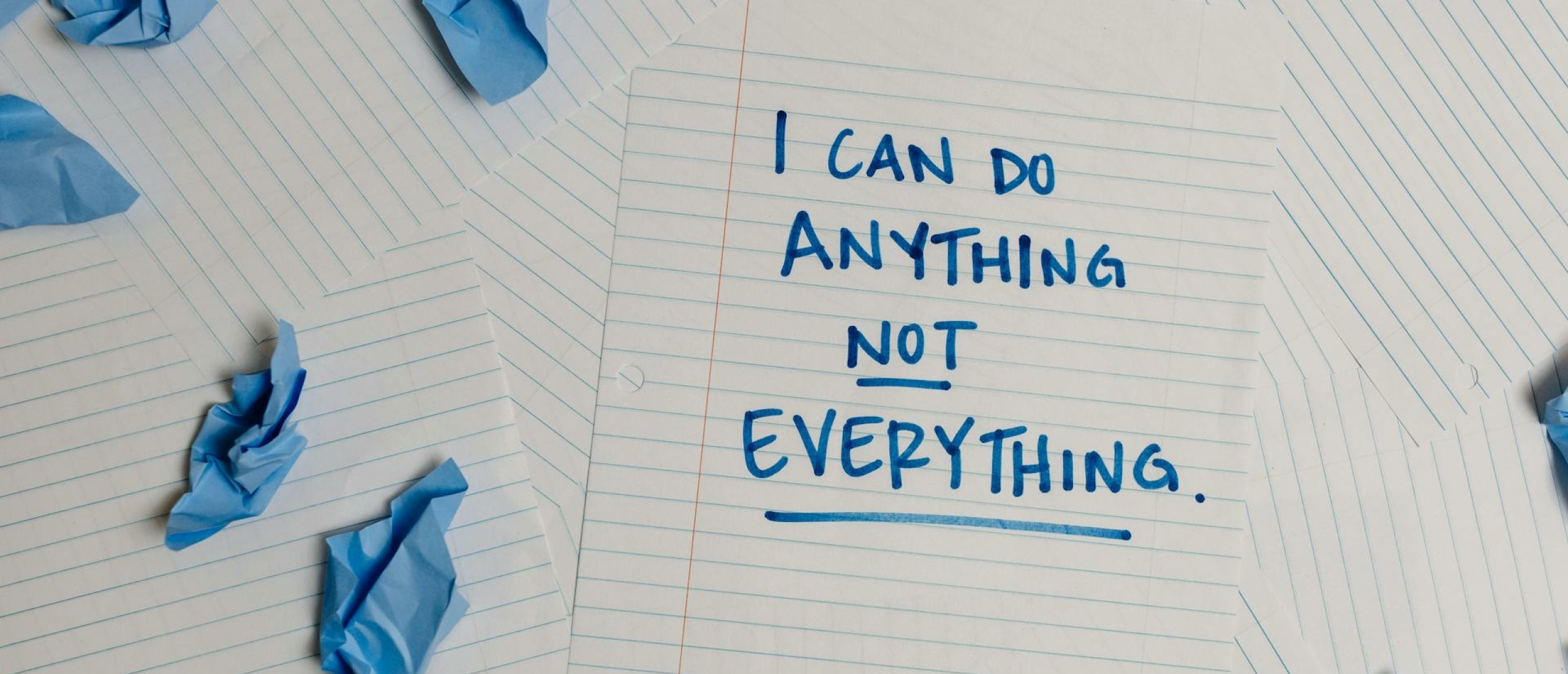
Recognition and Fairness at Work: Feeling Seen, Treated Fairly, and Able to Do Your Best
When effort is noticed and decisions feel fair, work is lighter and stress is lower. When they aren’t, stress becomes chronic and motivation fades. This article explains recognition and fairness in everyday terms, how to spot when something’s off, and what you can do—personally and with your team—to improve them.
Why recognition and fairness matter
Most of us can handle a demanding week if we trust that our work counts and that rules are evenly applied. The trouble starts when appreciation is vague or missing, or when decisions seem to bend for some people and not others. Over time, stress rises, sleep suffers, motivation drops and we hold back ideas. Small, specific changes—made early—can shift the experience quickly.
If repeated favouritism or opaque decisions become the norm, that’s more than a bad week; it’s a toxic culture signal. It erodes trust and invites chronic stress.
What “recognition” practically means
Recognition lands when it is timely, specific, proportionate, and respectful of preference. A quick, concrete note—“Your analysis clarified X; it changed the decision”—does more than a general “great job.” Some prefer quiet thanks; others like a public shout-out. Balance matters.
Quick ways recognition helps
- Reduces uncertainty: specific praise shows what to repeat next time.
- Protects confidence: you see how your effort contributed to an outcome.
- Builds momentum: small acknowledgements keep energy steady between big milestones.
What “fairness” feels like
Fairness is usually judged in three simple ways:
- Outcome: Was the decision (pay, promotion, project) reasonable given the evidence?
- Process: Were criteria clear and applied consistently? Did I have a chance to give input?
- Respect: Was I told the reason, in a straightforward and courteous way?
If any one of these is missing, people read the situation as unfair—even when the final choice might make sense on paper.
Early signs something’s off
When goalposts move after the fact, when the same few names get high-visibility work, or when “leadership decided” arrives with no reason, people stop volunteering ideas. The team does the minimum that won’t get them in trouble. That’s costly.
Watch for patterns (not one-offs)
- Moving goalposts: success criteria shift after delivery → rework and frustration.
- Recognition drift: vocal or visible people get the thanks; quiet contributors disappear.
- Opaque decisions: outcomes with no criteria or rationale → rumour fills the gap.
- Inconsistent rules: deadlines and quality bars enforced for some, relaxed for others.
- Withholding energy: you stop speaking up or volunteering stretch work.
If two or more show up for several cycles, treat it as a recognition/fairness problem—not “just a busy spell.”
What you can do now
A little structure helps you be seen without self-promotion, and nudges fairer process without confrontation.
Make good work visible
- Keep a weekly done list of outcomes (e.g., “closed issue #214; reduced data load by 35%”), then send a short Friday note: what moved, why it mattered, risks next week. This prevents important work staying invisible.
Get criteria up front
- Before you start, ask: “To avoid rework, can we confirm success criteria—scope, depth, examples, and the approval path?” Clear criteria stop goalposts moving later.
Prompt useful feedback
- After delivery, try: “Which part was most helpful? Anything to change next time?” You’ll get specific, actionable feedback (and genuine recognition).
Nudge process fairness—lightly
- When work is assigned: “Shall we rotate the lead each quarter?”
- After a decision: “Could you share the criteria used? It helps me calibrate.”
Keep a simple decision note for yourself
- Date → decision → reason stated → criteria. Patterns emerge; you can raise concerns with facts, not feelings.
Short and respectful scripts for tricky moments
- Your contribution wasn’t mentioned
“Glad the release landed. For visibility, I owned the test plan and fixed #214/#219 that blocked deploy. Anything to improve next cycle?” - You want fairer access to visible work
“I’m keen to lead one of the next client pilots. Could we set a rotation so Alex, Mei and I each take one this quarter?” - You need the “why” behind a decision
“For my development, could you share how you weighed the options? Knowing the criteria helps me focus.” - You prefer private over public praise
“I appreciate the shout-outs. A quick note or 1:1 feedback works best for me.”
When favouritism turns into a culture issue
A one-off exception with a clear reason isn’t a problem. Patterns are. If the same person repeatedly gets the best assignments, looser deadlines, or more credit without transparent criteria, the team reads it as unfair. Over time this raises chronic stress, silences healthy challenge, and can tip a team towards toxicity.
Healthy antidotes
- State criteria first, then choose: merit still wins—now everyone knows how.
- Rotate opportunities where possible: people build evidence over time.
- Explain decisions briefly: a sentence or two often turns “unfair” into “understandable.”
For managers
Small habits do more than heavy programmes. Aim for little and often:
- Write the criteria first: one paragraph of “what good looks like” before work starts.
- Close the loop: share the reason for decisions in a sentence; people accept “no” when the why is clear.
- Rotate high-visibility work: keep a simple rota and document exceptions.
- Notice invisible work: set-up, QA, documentation, mentoring—all worth naming.
- Make praise specific and weekly: behaviour + outcome (“your checklist cut review time by 30%”).
When to raise a fairness concern constructively
If patterns persist across two or more cycles, or pay/promotion decisions don’t match stated criteria, ask for a focused conversation.
Four steps that keep it steady
- Aim: “I want to calibrate and improve.”
- Facts: two or three examples with dates, decisions, and stated criteria.
- Question: “Against the criteria, where did my work fall short or exceed?”
- Forward ask: “For the next cycle, could we agree the criteria and a week-two checkpoint? I’d also like to lead X to build evidence.”
Quick self-check
- Do I receive specific feedback about what helped and why?
- Are criteria clear before I start, and used later to judge the result?
- Do opportunities rotate, or do the same people get the visible work?
- When a decision goes against me, do I get a reason I can act on?
- Do I feel safe asking for recognition or clarification?
Two or more “no” answers suggest a conversation—or a change of approach—is due.
Culture helps (and you can influence it)
Recognition and fairness stick when the culture is open and respectful. In supportive teams, questions get constructive, timely responses, leaders model giving credit, and small rituals—end-of-week wins, coffee check-ins, public shout-outs—make appreciation ordinary, not exceptional. If you want the wider picture of norms and relationships, see your culture article.
Key takeaways
- Recognition = being seen for specific behaviours and outcomes; fairness = clear criteria, consistent process, and respectful treatment.
- When they’re missing, stress becomes chronic and motivation falls—even if workload is unchanged.
- You can start today: make outcomes visible, ask for criteria, request specific feedback, and use light prompts for fair process.
- Leaders reinforce this with small, steady habits: state criteria up front, rotate opportunities, explain decisions, and name the invisible work.
- Check out the the Work Stress Risk Self-Test regularly to see if recognition and fairness improve over time after you have applied one or more strategies we discussed in this article.











